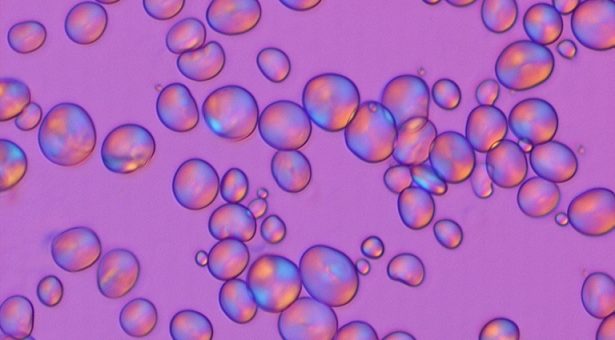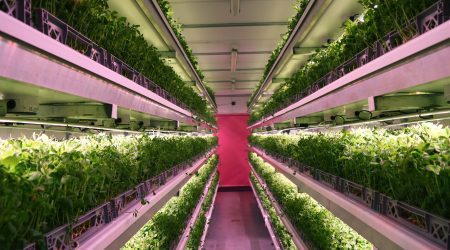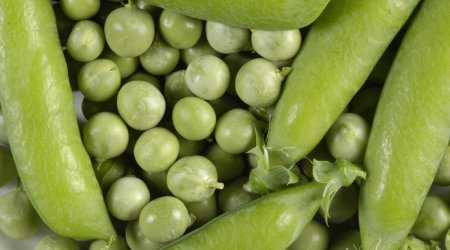Meet the Molecules; Resistant Starch

Starch is so much more than ‘just a molecule’.
Starch is a word of Germanic origin related to “strengthen” or “stiffen” and is a form of energy storage in plants, just as glycogen is the storage form of glucose in animals, including humans. A starch granule can be as big as a dust particle, depending on the botanical origin (1 -100μm).
Thanks to its versatility, starch is used in cooking to thicken gravy and soups. In fermented processes starch is the feed for the yeast that will produce bread and beer.
It is not just used in food, and can also be used to stiffen fabric. Meanwhile, in pharmaceuticals starch can be used as an excipient and/or tablet disintegrant and in paper making it is part of the process called surface sizing. Other new applications have been studied such as the use of starchy biofilms for edible packaging.
Our main interaction with starch though comes from food and is the main source of digestible carbohydrates from cereal foods in our diet, but not all the starch we eat is metabolised in the same way in the human body. Most of the digestible starch is broken down into simple sugars by pancreatic amylases in the small intestine.
However, because of starch’s unique structure and physical properties, part of the starch we eat escapes digestion in the small intestine and makes its way into the large intestine where it can be fermented by our gut bacteria. This is called ‘resistant starch’ and is categorised as dietary fibre.
Resistant starch has the potential to provide a range of health benefits by lowering elevated blood glucose levels and insulin response to carbohydrate-based meals that are low in fibre.
Starch and its resistance
The concept of resistant starch became known in the early 1990s when Dr Hans Englyst and colleagues challenged the assumption that starch is completely hydrolysed into simple sugars and absorbed in the small intestine.
It is now common knowledge that starch resistance to digestion depends on different factors.
When starch granules are formed, glucose molecules are packed in either linear chains (amylose) or highly branched chains (amylopectin). These two glucose polymers have very different structures and physiochemical characteristics which determine their digestibility. Because of its structure, amylose is less digestible than amylopectin and it is likely to escape digestion in the small intestine.
Starch is everywhere
Cereals are the main source of starch in our diets, but not the only one.
Most plants store energy in the roots, meaning root and tuber crops like carrots and potatoes are rich in starch.
Starch is also in leaves, in seeds and in fruits, where it serves as source of energy for germination. At germination, starch is converted to simple sugars to provide the energy require for the new plant to develop. For example, Legumes, which are seeds, contain starch and a good part of that starch is resistant to digestion.
Bananas, for example, are around 70-80% starch when green, most of which is resistant to digestion by amylases. Starch is almost entirely converted into available sugars when bananas are fully ripe (they contain only about 1% starch), and none when overripe. Unlike ripe bananas, green bananas or plantains are cooked before being eaten, when either green or very ripe, to make starch more digestible.
To cook or not to cook?
As both amylose and amylopectin are tightly packed into a granule, raw starch is difficult to digest.
Heating starch in presence of water helps unpack amylose and amylopectin chains so that digestive enzymes can release the simple sugars that provide energy for the body., as such, cooked starch is more digestible and less resistant.
However, when we let cooked starch cool down, amylose and amylopectin tend to re-organise into a more ordered and tighter structure, increasing starch resistance to digestion.
To illustrate what happens, take pasta – which is 60-70% starch – and needs to be cooked before eating, which makes the starch easily digestible. However, cooking and cooling pasta transforms some of the rapidly digestible starch into resistant starch.
References
- Englyst, H.N. and Cummings, J.H. (1985) Digestion of the Polysaccharides of Some Cereal Foods in the Human Small Intestine. American Journal of Clinical Nutrition, 42, 778-787.
- Zhang P, Whistler RL, BeMiller JN, Hamaker BR. Banana starch: production, physicochemical properties, and digestibility—a review. Carbohydrate Polymers, 59, 443-458


